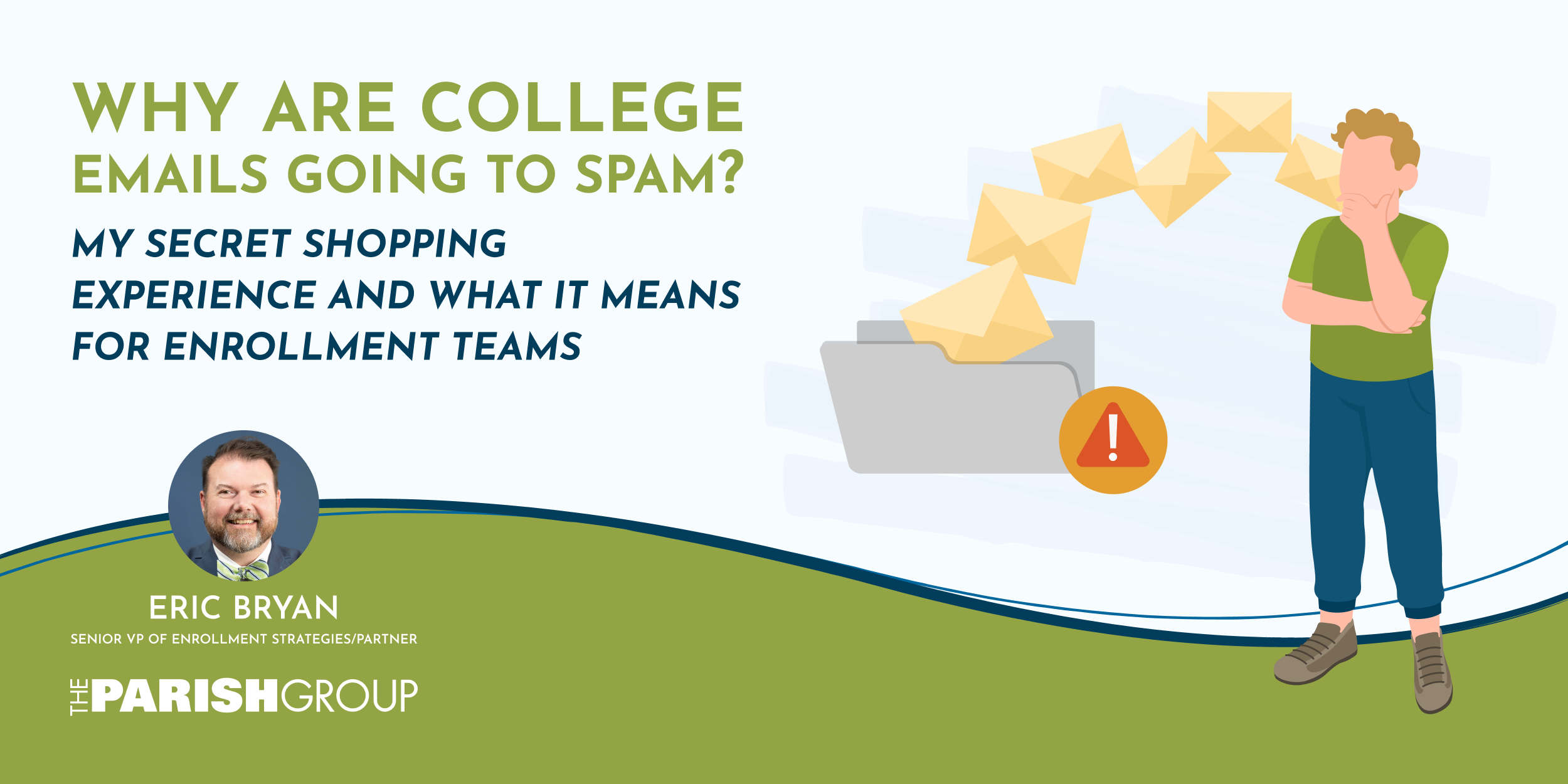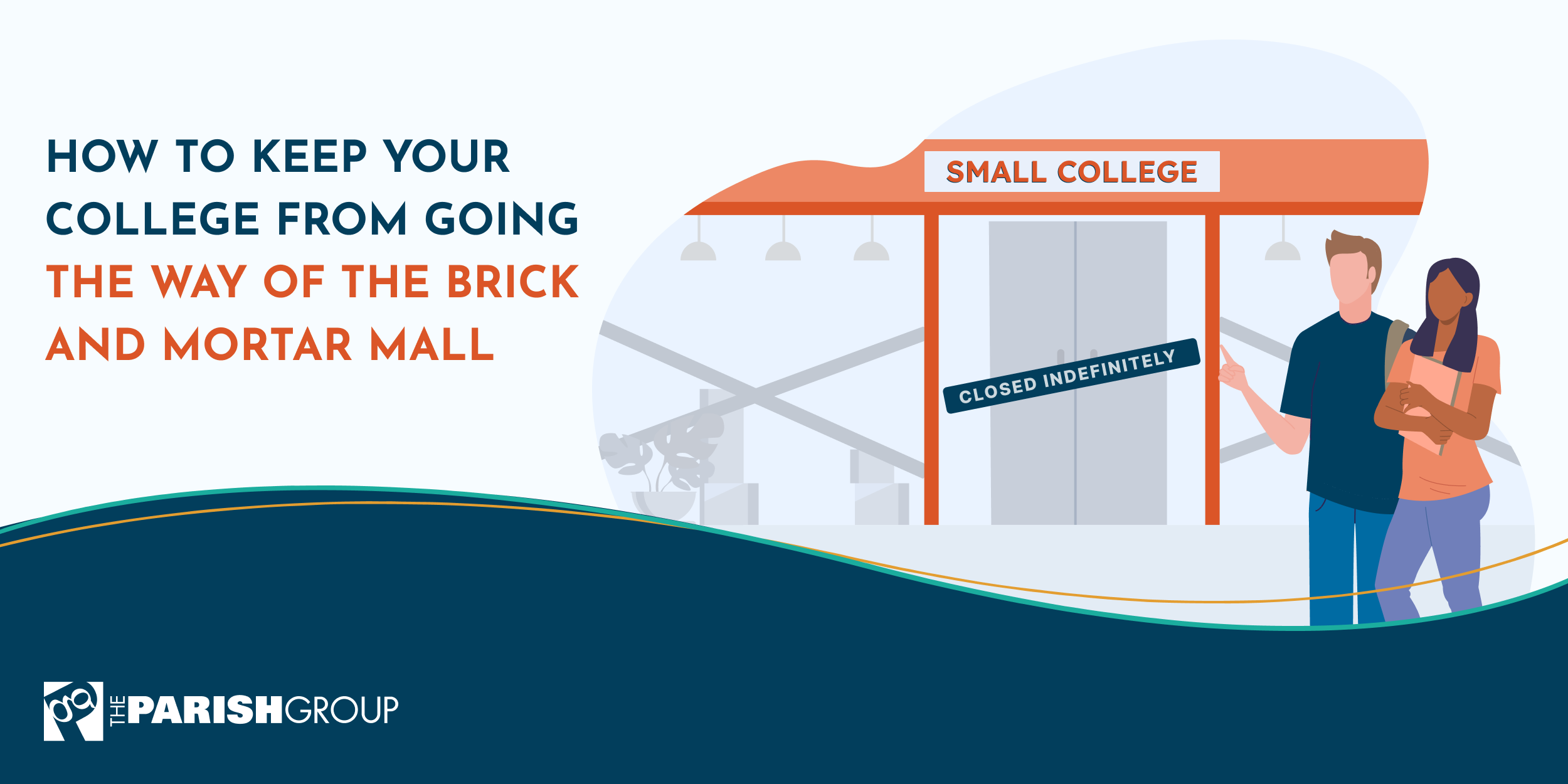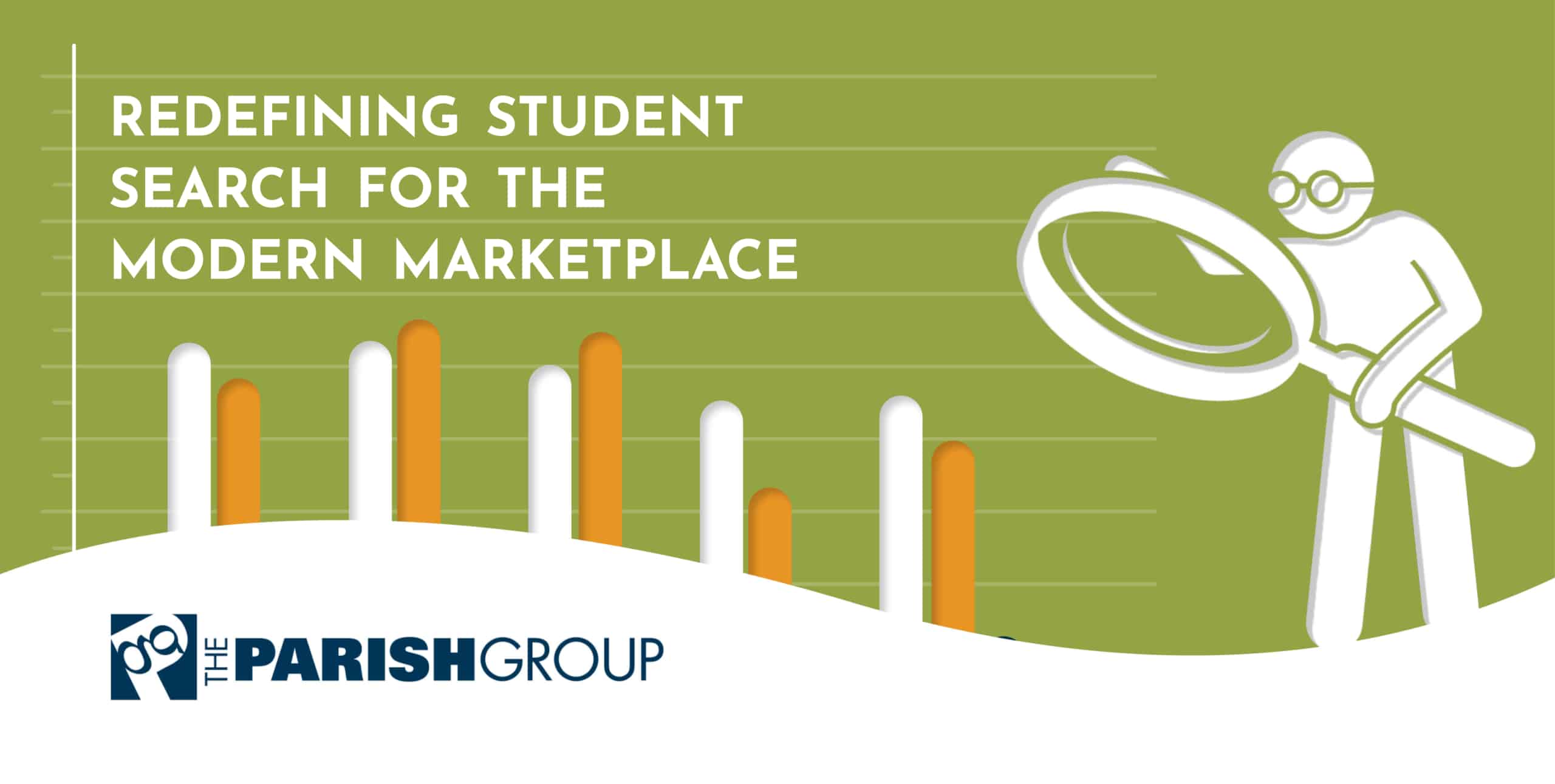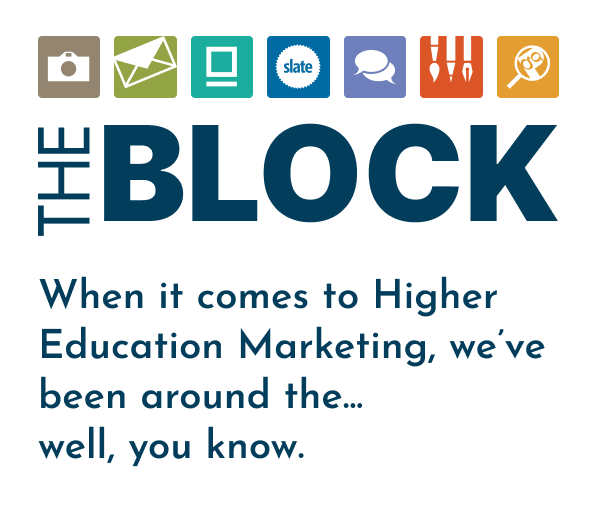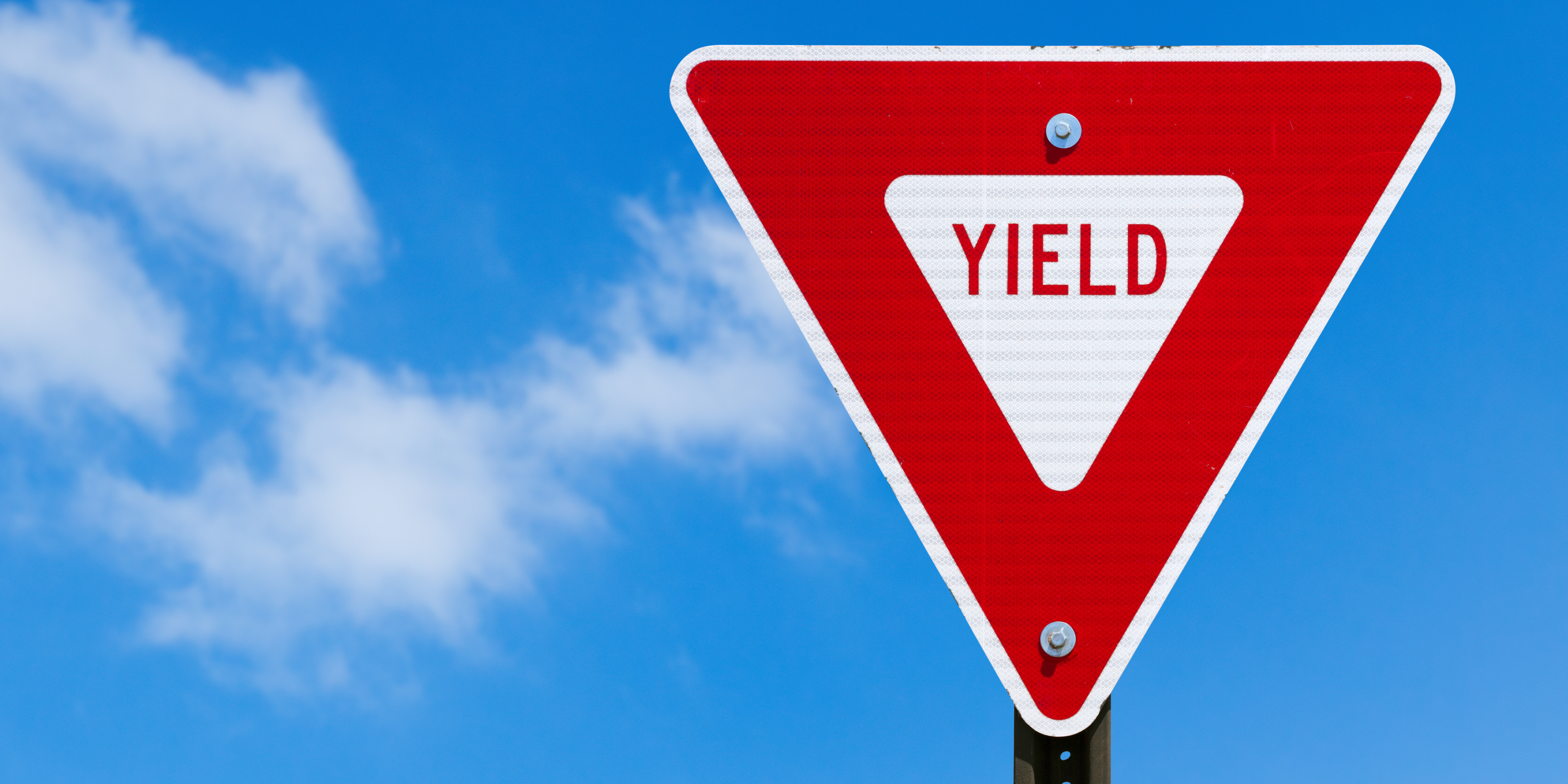
The term “yield” is a make or break proposition in many senses of the word as enrollment management professionals work year-round chasing the magical pot of gold at the end of the enrollment funnel rainbow.
Yield a good class and you are the hero who will get a pat on the back and marching orders for the size of next class mere moments after that same pat on the back.
Yield a bad class and you may be considered for the part of the villain in the next Marvel or DC movie or maybe even Star Wars.
Ok, we all know the Stars Wars saga is over, or over is it not in our Yoda voice?
All enrollment management strategies point to the same thing… Yield!
Institutions across the country had strategic plans in place to forecast the new student yield based on historical data, enrollment trends, and good old-fashioned hard work.
If you are a May 1 school, one that has flexible deadlines or an institution that abides by rolling admissions, the yield is a part of your internal vernacular.
There are algorithms in place, number crunching, and reverse engineering of computations in full swing to effectively project what the fruits of your labor will be.
Plenty of if-then-yield statements are used related to enrollment strategy… If we do this, then we should yield this and up until now those statements made sense across the board for just about anyone using them (and hopefully also using data to drive the decision making as well)
Enter COVID-19…
Campuses have closed, classes are being taught online and campus visits are being done virtually with and without Oculus headsets (yeah, we know what those are too).
And research shows that more than a third of current seniors who have plans on attending college for the fall of 2020 are now re-thinking those plans.
This means we are now all in the same boat of uncertainty when it comes to yield projections:

What You Can Do To Maximize Your Fall Class
Pay attention to detail.
If you are an institution that uses May 1 as a litmus test to see how intense late spring and early summer will be, now is not the time to write off any student or group of students.
If a third of seniors are truly reconsidering their college/university choice with a significant number of that population wanting to stay closer to home, it is time to backtrack and make sure you have covered all bases (that may be the closes we get to baseball this year).
Yes, we are saying that you now have a reinvigorated ’stealth” population in your funnel as we speak.
Sure, you already have a population of inquiries, applicants, accepted students, and committed students, however now it is time to re-energize all of those populations, but go a step further and look at a few other subgroups within your “entire” funnel.
Your search names, and by that we mean your non-responders, maybe a great source for a few late-season inquiry/applications since for most there is a significant population here.
Spend your time wisely as you move through this population and make sure to again identify your primary, secondary and tertiary markets with respect to those seniors within a commutable distance that may now be interested. Y
ou also have a number of incomplete applications that you are probably inactivating after a 30-60-90 day cycle of reminder emails and/or phone calls. This too is a good population to allow you to re-introduce yourself.
And what about those local admits that said thanks but no thanks early on in the cycle?
Maybe it is time to quote Kool Moe Dee and say How Ya Like Me Now?
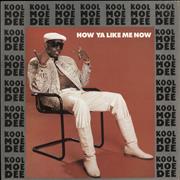
All jokes (funny or not) aside, there are a few things that can be implemented pretty quickly to help maximize your yield opportunities in our new virtual enrollment cycle world.
Think things through and make sure you have the right people in place to do the heavy lifting where necessary (see Time To Call) because maximizing your yield also means maximizing your time…



